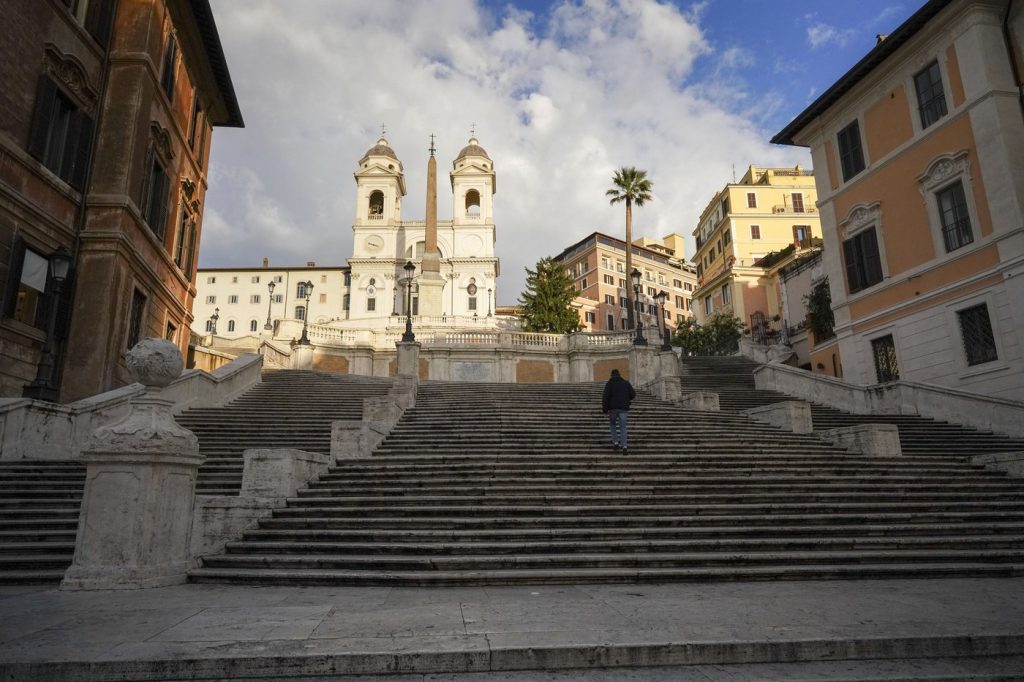ROME (AP) In a peculiar incident, an 80-year-old man drove a compact luxury Mercedes-Benz A Class sedan down the iconic Spanish Steps in Rome early on a Tuesday morning. According to a statement from municipal police, the vehicle became stuck partway down the landmark, which is a protected cultural monument.
Upon investigating the situation, police confirmed that the elderly driver tested negative for alcohol. He was issued a citation for driving on the historic monument, but was reportedly bewildered about how he ended up making such an unusual choice. Authorities did not disclose the man's identity, nor was it clarified whether the car he was driving belonged to him.
The small, sporty Mercedes was eventually removed from the steps by firefighters, who employed a crane to do so. While police did not provide additional information about the circumstances leading to this odd incident, it is clear that the Spanish Steps are not designed for vehicular traffic. The steps, which are an integral part of Rome's historic center and a popular tourist attraction, have previously faced similar incidents involving vehicles.
For instance, a Saudi man faced charges for aggravated damage to cultural heritage last year after being recorded by surveillance cameras driving a rented Maserati down the 135 travertine steps. Such reckless actions highlight the ongoing challenge of protecting Rome's cultural heritage from misguided thrill-seekers.
The Spanish Steps, which derive their name from the Spanish Embassy to the Holy See situated nearby, were constructed in the 1720s. They have long served as a beloved backdrop for numerous films and are cherished as a prime location for both locals and tourists to gather and enjoy the vibrant atmosphere of the city.
Despite their historical significance and restrictions on motor vehicle access, the Spanish Steps have become a site of interest for those who attempt to defy the regulations. Each incident raises questions about the enforcement of laws protecting cultural sites in Rome and the broader implications for heritage conservation in heavily trafficked tourist locations.












